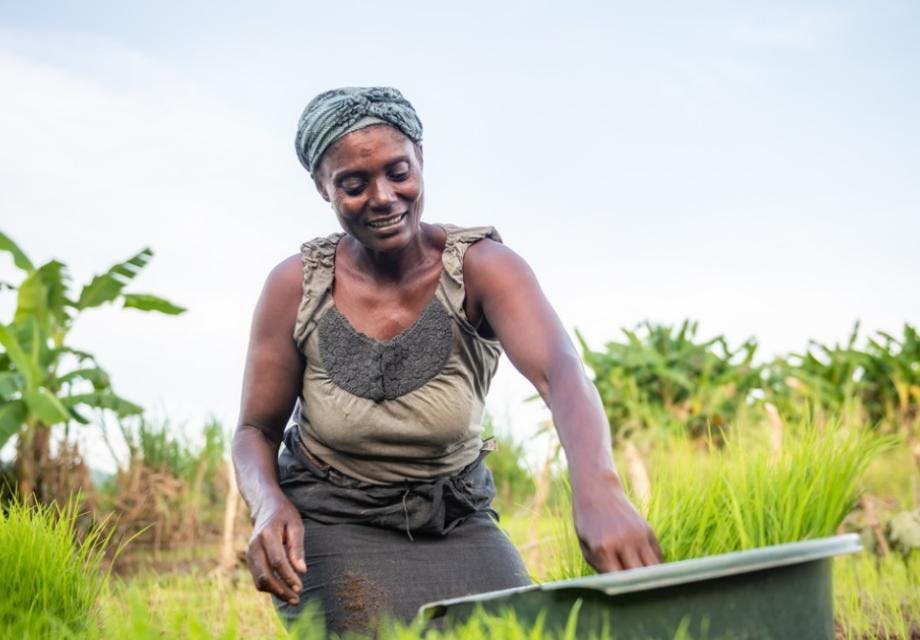How is climate change affecting the HIV response?
Hester Phillips
16 February 2024
Evidence is growing that people most affected by HIV are also the most vulnerable to the effects of climate change – so what can be done?
The latest evidence suggests HIV infections and AIDS-related deaths are rising due to the impacts of climate change, and HIV programmes must start adapting or risk reversals in the epidemic.
What is this story about?
The direct and indirect effects of climate change on people most affected by HIV and the HIV response.
A recent editorial in The Lancet looks at this issue. It is mainly based on a report from Frontline AIDS which shows the complex links between HIV and climate change.
Why is it important?
Climate change doesn’t influence the biological effects of HIV. But the impact it has on the environment and social systems has the potential to affect things like HIV infection rates, how likely people are to live well with HIV, and how many people will die from an AIDS-related death. But despite the importance of this subject, the impact of climate change on people most affected by HIV is poorly understood.
What did they find out?
The Frontline AIDS report finds that the climate crisis is increasing HIV transmission rates and worsening the health outcomes of people with HIV.
The report highlights modelling data from sub-Saharan Africa. This suggests that, if carbon emissions do not reduce and temperatures continue to increase, an additional 11-16 million people could get HIV by 2050.
This is because rising temperatures and extreme weather events are leading to increased migration and population displacement, food insecurity, economic stress, conflict, increases in infectious diseases and the disruption of vital services, including healthcare. This is reducing people’s access to HIV prevention, testing and treatment services. It is also increasing HIV risk. For example, severe food insecurity has also been associated with a twofold increase in HIV risk among women.
The report shows that extreme weather events are already affecting HIV epidemics. Research in Malawi found that HIV prevalence rose by 15% after a drought. A review of evidence from Africa found that, when droughts occur, food and water insecurity have the biggest effect on people’s ability to keep taking HIV treatment.
There is already evidence that areas affected by malaria are likely to grow due to climate change, posing a serious health risk to people with HIV. The Lancet editorial highlights recent evidence that fungal diseases are likely to increase as temperatures rise, as are other infectious diseases.
What does this mean for HIV services?
HIV programmes need to start thinking about the effects of climate change on people most affected by HIV. Collecting data on what is happening is an important first step.
The Frontline AIDS report suggests some actions to take. These include forming partnerships with other organisations to share data on the effects of climate change and what works to adapt services. This work should be led by groups most affected by HIV. They are best placed to understand what is happening and what solutions are most likely to be effective.
There is a need to use evidence to increase decision-makers’ awareness of the impacts of climate change on the HIV epidemic. Advocacy is also needed so that people most affected by HIV are included in emergency planning and responses.
Get our news and blogs by email
Keep up-to-date with all our latest news stories and blogs by signing up to the Be in the KNOW news digest.
